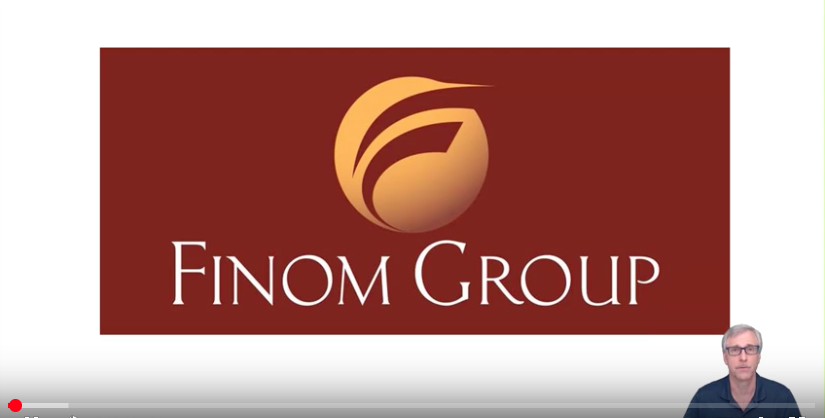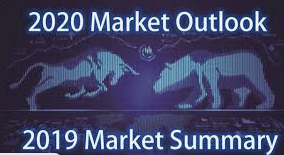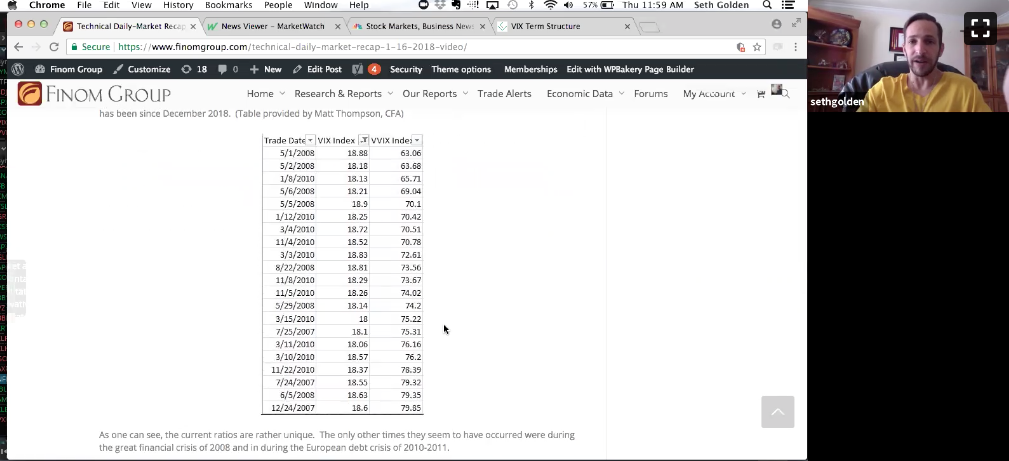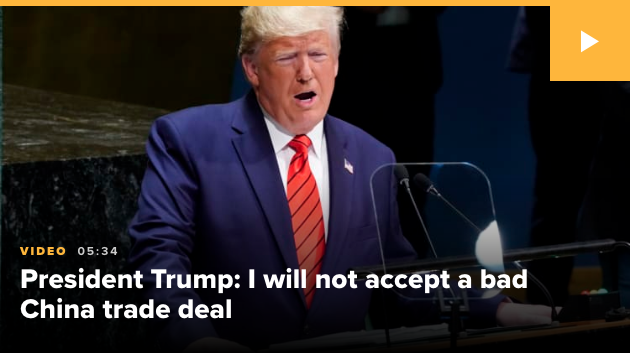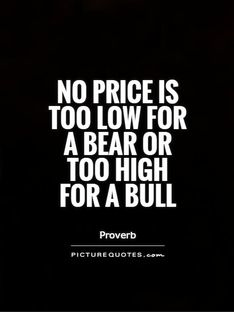This article first appeared at Wall Street Journal:
By Gunjan Banerji Updated Dec. 18, 2019 4:19 pm ET
Options traders are paying up for bets that would profit if the S&P 500’s record run came to a halt.
Renewed optimism about the domestic economy and a preliminary trade pact between the U.S. and China have breathed fresh life into the stock market. The S&P 500 has surged 27% this year, on track for its best annual performance in six years.
Options traders are approaching those highs with caution. They are buying contracts that would pay out if the S&P 500 were to fall in the coming months.
The demand helped drive one options-based measure, the Cboe Skew Index, to its highest level since September 2018 on Friday, Cboe Global Markets data show. The gauge is known for measuring investor expectations of extreme and unusual moves in the stock market, known as “black swan” events. It is based on prices of options that are far from the S&P 500’s current level.
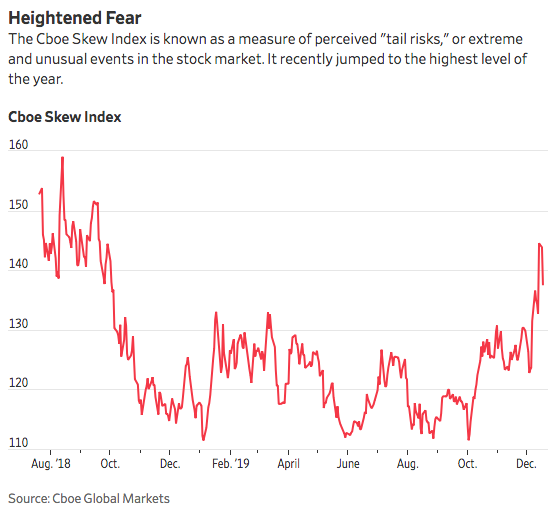
“People still are traumatized by this time last year,” said Julian Emanuel, chief equity and derivatives strategist at BTIG. “The glass is still half empty…It’s shocking because you wouldn’t think that would be the case at all-time highs.”
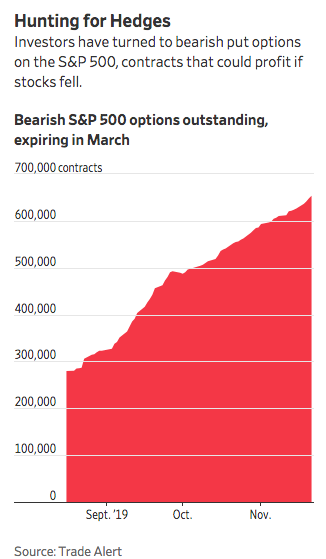
Memories from last year are still fresh in many investors’ minds. U.S. stocks climbed for much of 2018 before a selloff in the fourth quarter pulled major indexes sharply lower for the year, catching many investors off guard.
Mr. Emanuel said demand for stock protection has been relatively high for contracts expiring in a few months to a whole year from now. This has driven up the cost of bearish put options on the index, bets that could pay out if there were a market swoon, analysts said. The cost of bearish options relative to bullish ones has been near the highest levels of the past year, according to BTIG data on contracts expiring late next year.
Options give investors the right to buy or sell stocks at a specific price, later in time. Call options give the right to buy stock, while put options give the right to sell stock. These types of contracts can be used to profit from a rise or fall in share prices or shield portfolios from big declines.
Some investors remain cautious, despite a thawing in trade tensions, developments surrounding Brexit and low volatility in markets, analysts said.
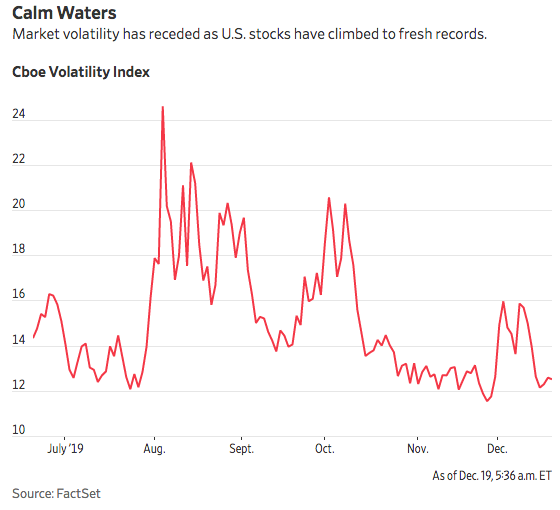
“There’s a signal out there that while we’re up at the highs, there’s still some kind of concern that we give back some of these gains,” said Ling Zhou, an equity derivatives strategist at Cowen.
Some big investors have made similar trades. Bridgewater Associates LP paid more than $1 billion for an options trade that would profit if markets around the world fell by March, The Wall Street Journal reported in November.
One potential source of volatility next year is the U.S. presidential election. Options markets have already been forecasting an increase in volatility in stock prices through late next year. Some investors have been concerned about the policy stances, especially toward businesses, that the final Democratic nominee will hold.
“The biggest risk for 2020 is the U.S. presidential election,” wroteJPMorgan analysts in a Dec. 11 note. The firm’s analysts recommended portfolio hedges that expire in March, after Super Tuesday.
To be sure, some investors have also targeted bullish options that would pay out if stocks were to rise. Some of the demand for hedges could come from investors who are looking to protect strong gains they have booked this year, analysts said.
And many stock analysts expect the record run to continue, buoyed by three interest-rate cuts by the Federal Reserve. JPMorgan and Goldman Sachs analysts project the S&P 500 to hit 3400 by the end of 2020, a 6.5% jump from Wednesday’s close. Bank of America analysts peg a target of 3300.


